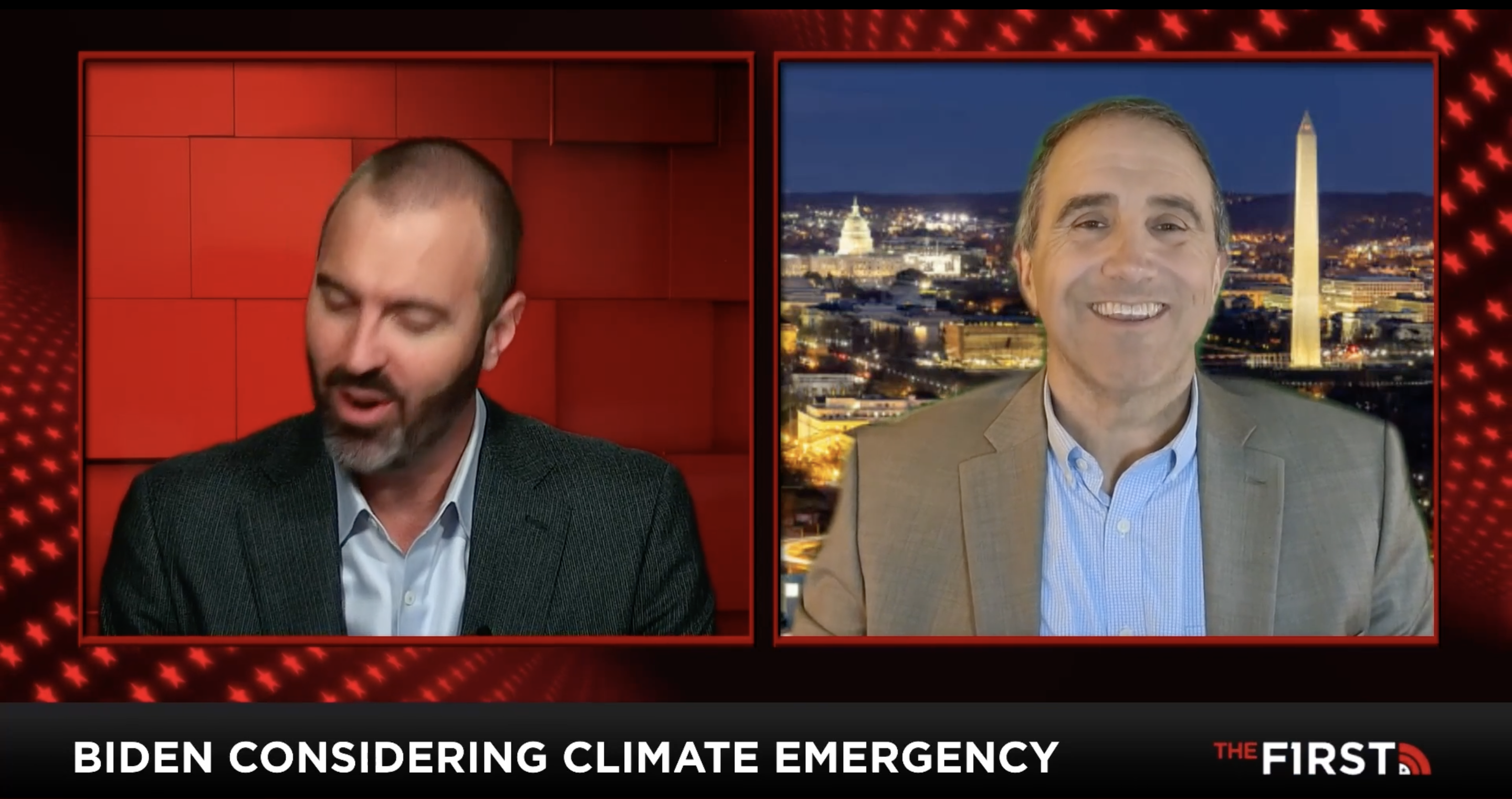http://www.thegwpf.com/climate-scientists-go-after-netflix/
Climate scientists are railing against streaming TV and movie services, which they’re calling “a waste of resources at all levels.”

Researchers estimate that watching a half-hour show via an on-demand video app emits 1.6 kilograms of carbon dioxide into the environment — the equivalent of driving almost 4 miles, according to Maxime Efoui-Hess of Paris-based nonprofit the Shift Project.
The study reports that while 34 percent of traffic goes to streaming services such as Netflix, Amazon Prime and Hulu, the second-leading source comes from web porn.
The main energy drain comes out of streaming services’ servers. They contribute about 0.3 percent of all carbon emissions, according to Nature Research.
Gary Cook of environmental activist group Greenpeace, where they monitor tech’s energy footprint, tells AFP, “Digital videos come in very large file sizes and (are) getting bigger with each new generation of higher definition video.”
“More data equals more energy needed to maintain a system that is ready to stream this video to your device at a moment’s notice,” Cook says.
A spokesperson for the Center of Expertise for Data Centers, Dale Sartor, who works with the US Department of Energy, warns that even if our appetite for streaming shows is stagnant during the next five or 10 years, there would still need to be “significant improvement in IT equipment and data center energy performance.”
Nevertheless, experts say that watchers just can’t get enough: Anders Andrae of Huawei Technologies estimates that by 2030 some 4.1 percent of the global electricity budget will be taken up by streaming video servers, AFP reports. Moreover, Cisco Network expects a quadruple increase of internet video traffic between 2017 and 2022 — eating up 80 percent of global web traffic. (The Shift Project offers a web browser plug-in, called the Carbonalyser, to help you track your own streaming consumption.)
Meanwhile, Netflix boasted a 53 percent increase in international revenue from 2017 to 2018, and new highly anticipated streaming services are coming, including Disney+ and Apple TV+.
Then there’s the issue of ever-increasing screen size and quality, which takes even more energy to power. The Consumer Technology Association found that the average screen size in 1997 was just 22 inches. By 2021, they predict the average television size to be 50 inches. Popular 4K resolution screens use about 30 percent more energy than the high-definition screens that preceded it. Soon, powerful 8K resolution screens, which debuted last year, may become an industry standard.
Full post
The post Climate Scientists Go After Netflixappeared first on The Global Warming Policy Forum (GWPF).



